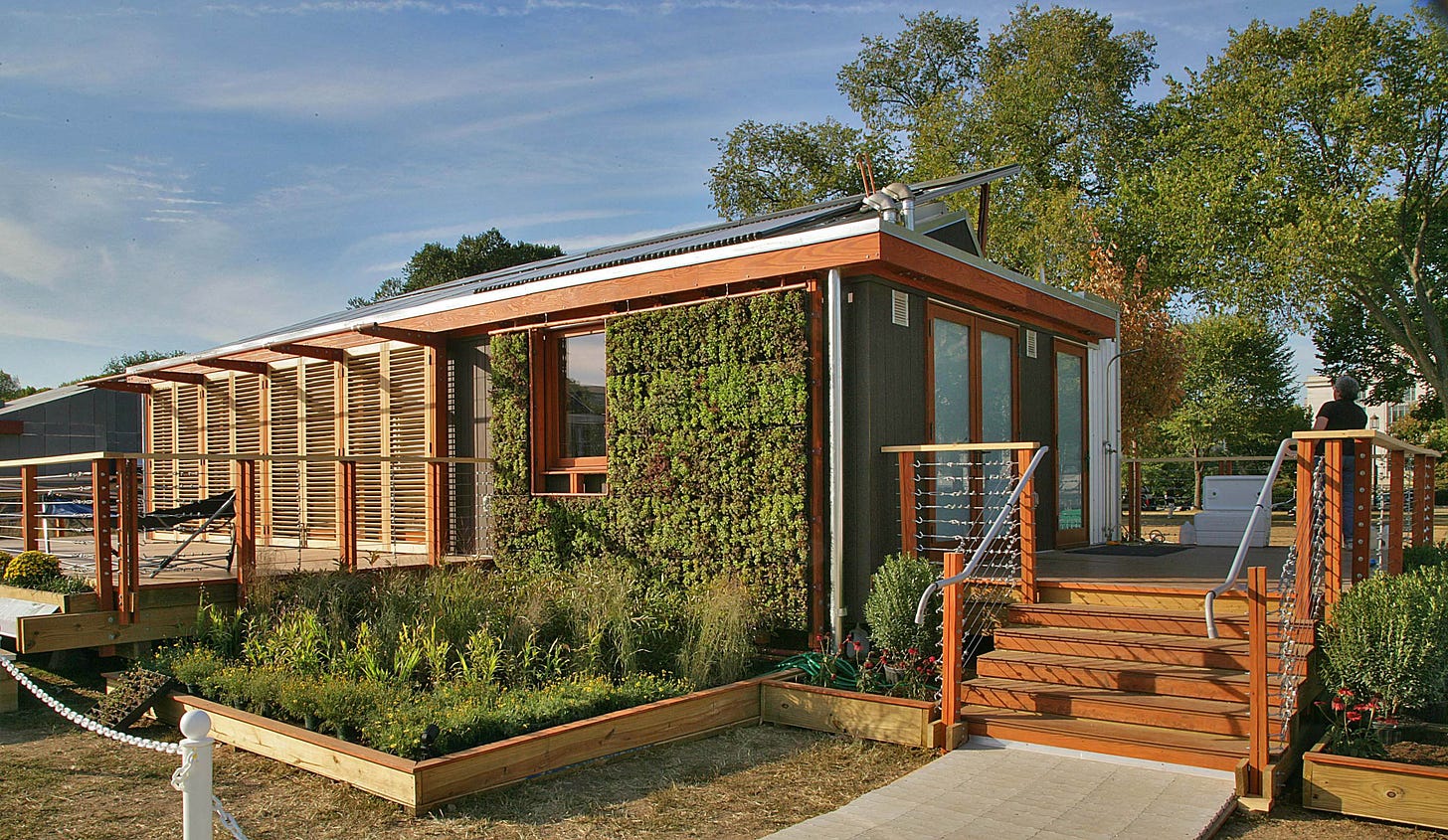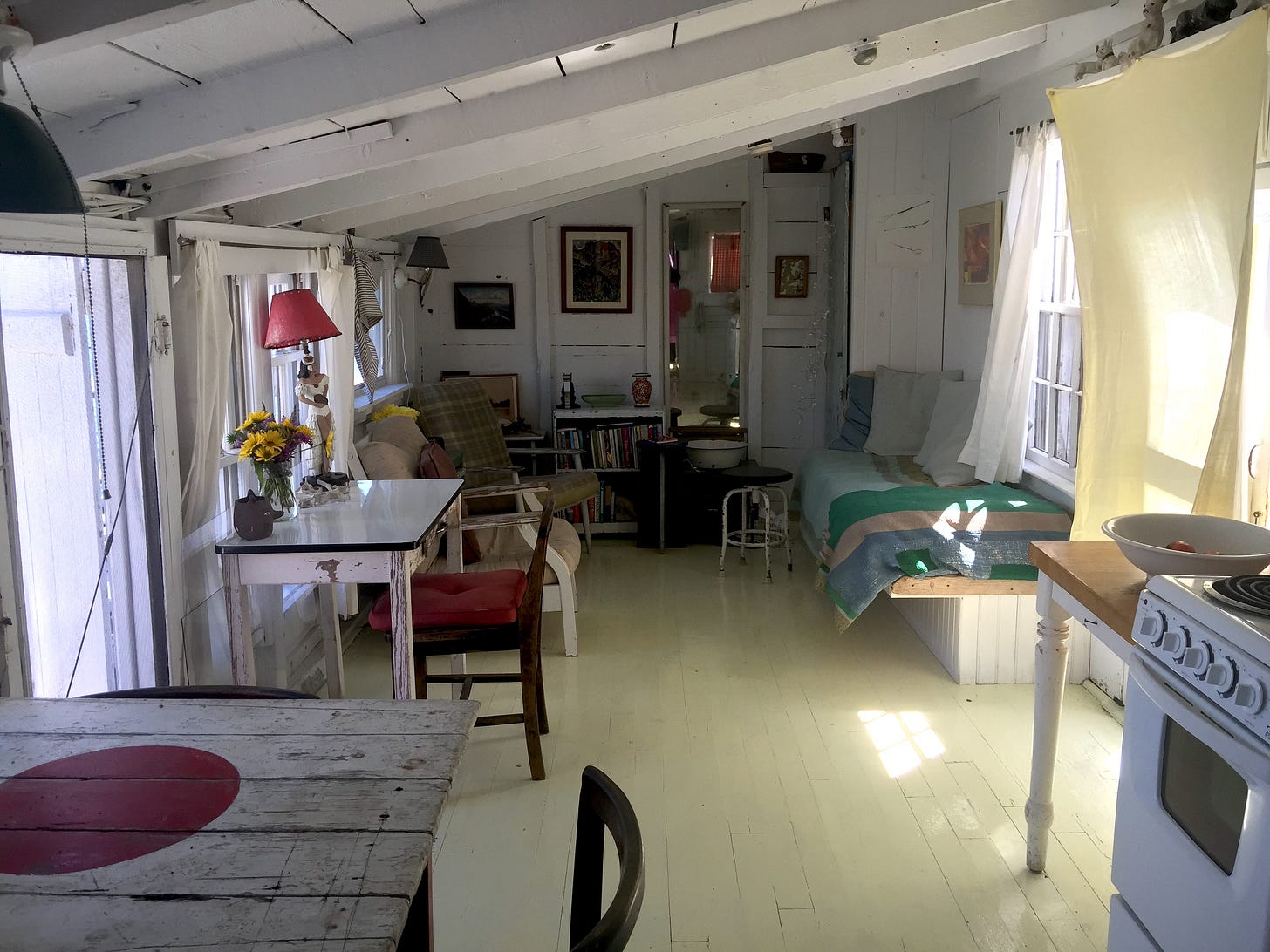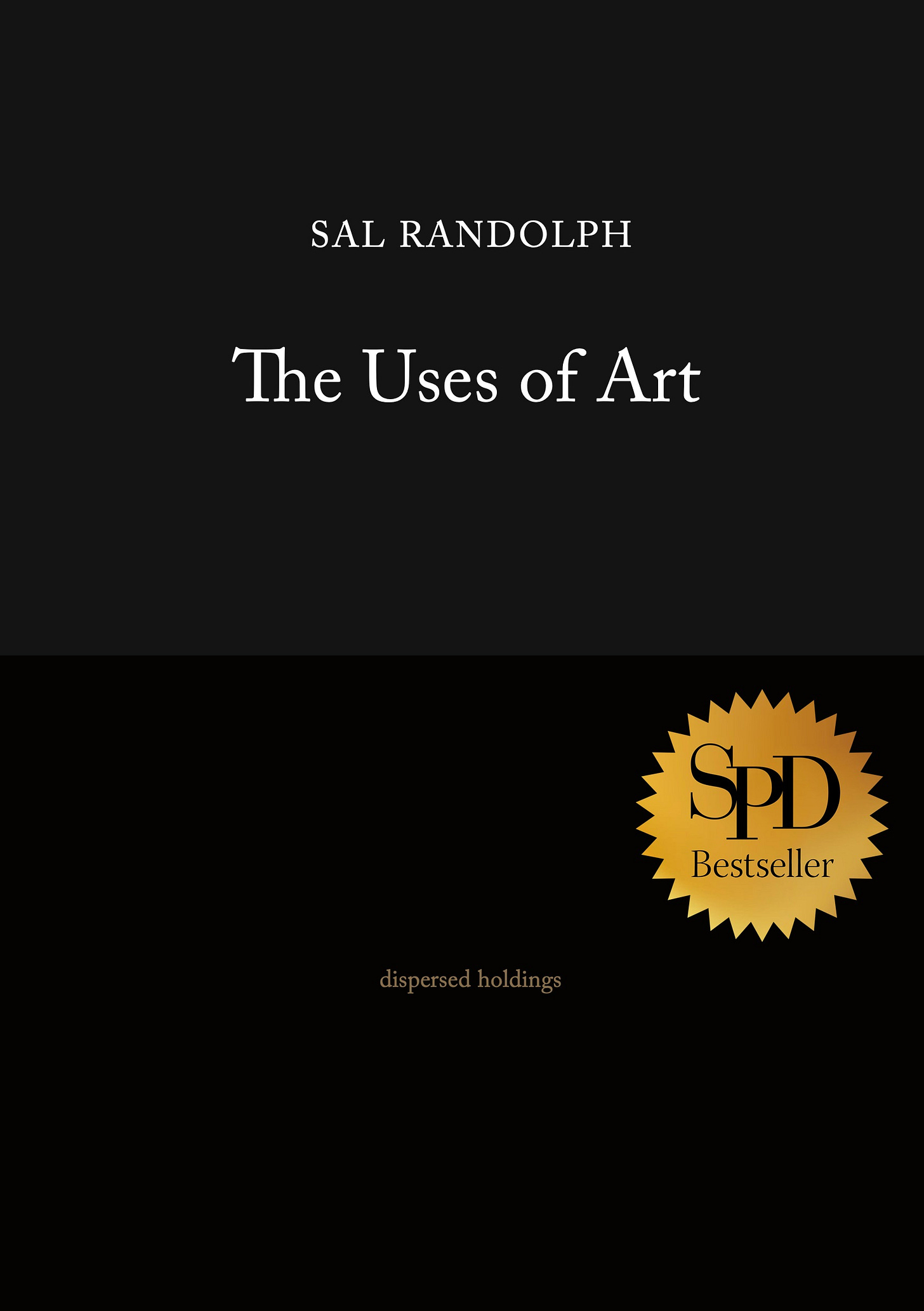Dear Friends,
I’m feeling the seasonal change — are you? The occasional breath of summer on the wind has reminded me of a book I love called Thermal Delight in Architecture. In it, Lisa Heschong speaks against climate-controlled buildings where every space is kept at the same “comfort zone” temperature. She says: “Even though studies have shown blue to be the most restful color, I doubt that anyone would put forth an argument for a monochromatic world.”
Instead she offers the possibility of thermal delight, celebrating many forms of vernacular buildings where people enjoy changes of warmth and coolness as they inhabit their spaces. Contrasts of temperature are pleasurable, and are part of what makes us fall in love with particular buildings.
I’ve been thinking of this idea in relation to seasons of the year, and wondering if we can also cultivate a kind of temporal delight.
Like thermal delight, temporal delight is felt in the contrasts — in this case between times of intensity and times of ease. Think of the brief hectic pleasure of holidays and celebrations which punctuate the ordinary pattern of days. Or of times where work is all-consuming, with deadlines and necessities (this, too, has its pleasures), and periods, like vacations, set aside for rest and the freedom to respond to internal movements and desires.
I’d like to become more sensitive to the rhythms of seasonal change as the year presents this aspect or that. There are some periods where I resist all of this and I just want to power through; this year I feel called to expand into the slower pace of the summer.
With that in mind, (announcement!) I’m going to move to a more spacious summer publishing schedule. My plan is to send out regular posts every other week instead of weekly. On alternate weeks I’ll send brief “postcards” to hold the space between us.
Let me know what you think! I’d love to hear about your temporal rhythms, annual, seasonal, or otherwise.
— Sal
Thermal Delight
Have you ever watched an animal, a dog or cat, lay down in a sunny spot to enjoy its warmth? After a time they may get up and move to a bare floor or a patch of shade to cool down again. The contrast of heat and chill, of the thermal gradient itself, is part of the obvious pleasure, and we know this because we’ve all done it ourselves in one way or another.
Many years ago I read a small book by Lisa Heschong called Thermal Delight in Architecture. She pointed to the pleasures of thermal contrasts in our environment, as well as the numbing effects of climate controlled mono-temperatures. She described the way people migrate within buildings over the course of the day in response to differing conditions of light and atmosphere — to the hearth or the center of the house, to a sunny spot by a window, to the veranda or the rooftop, or the garden.
I spend parts of the summer in a tiny house, a hand built shack, clustered with others of varying shapes and sizes, perched on stilts over the waters of Provincetown harbor. There’s a spot where I can see the water through a gap in the floor. There is no insulation — indoors and outdoors flow together, and the weather has a very strong effect on daily experience. When it’s hot, everything opens up, the wind blows through, and I seek the afternoon shade on the northeast side of the building. When it’s cold, there are spots in the sun on the opposite side, or on stormy days I read under a blanket, making pots of soup or chili on the stove, listening to the sound of the rain on the roof.
I often think of Heschong’s book as I move through the days there. The thermal pleasures (and necessities) expand my use of the space, and make it feel much larger than it is. A kind of magic.
Lisa Heschong
from Thermal Delight in Architecture
Thermal qualities—warm, cool, humid, airy, radiant, cozy—are an important part of our experience of a space; they not only influence what we choose do to there but also how we feel about the space.
I became intrigued with the design potential of thermal qualities when I was working on the design of a solar building. Rather than simply housing an autonomous mechanical system, the building itself acted as the thermal system. The living room was both for living and for collecting heat. The south windows allowed a view and also let in the warmth of the winter sun. Thermal shutters, closed at night, made the house more introverted while also saving heat. I began to wonder how the thermal properties of this building affected peoples’ experience of it. I realized that there were very few references on which to draw. The one obvious analogy was the fireplace. The solar-heating functions of the building were essentially a replacement of the original thermal functions of the fireplace. With its circle of warmth, the fireplace had once been the center of family life. It’s dancing light, smoky smells, and a warm crackling created an ambience that made a house more a home. And the traditions around the hearth stretched back through the ages, connecting each house to deep cultural roots. How might the solar house incorporate some of the richness of the hearth? What were the qualities of the hearth that made it so wonderful and beloved?
Other than the hearth, perhaps the richest example of a thermal place with a profound role in its culture is the Islamic garden, the cool oasis that is the traditional center of the Islamic house. Together they might be regarded as two archetypes: the hearth, a refuge of dry warmth from a cold world, and the oasis, a preserve of coolness and moisture in a desert wilderness.
Buildings […] can be viewed as a way to modify a landscape to create more favorable microclimates. As soon as a simple square hut is built, at least six new microclimates are created: the south side warmed by a sunny wall, the north side in shade most of the time, an east side with its morning sun and perhaps protected from the prevailing breeze, and a west side warmed in the afternoon but buffeted by the wind. There is also the inside with its shelter from the rain and wind and sun, and the roof, raised above ground level, more exposed to wind and sun. A building increases the available range of thermal zones so that people can select the microclimate most suited to their thermal needs.
People have a sense of warmth and coolness, a thermal sense like sight or smell. […] As with our other senses, there seems to be a simple pleasure that comes with just using it, letting it provide us with bits of information about the world around, using it to explore and learn, or just to notice. The stone is cool; yes, it feels cool when I touch it; perhaps it has been in the shade for a while. The coffee cup is warm; it warms my hands. There is something very affirming in one’s one life in being aware of these little pieces of information about the world outside us. When the sun is warm on my face and the breeze is cool, I know it is good to be alive.
Share your reflections in the comments. I’d love to hear from you.
Lisa Heschong
Thermal Delight in Architecture is available from MIT Press.
It can also be borrowed and read online from the Internet Archive.
Lisa Heschong’s website.
Tiny Houses
If you’re in the tiny house mood, I think you’ll enjoy this post from architect
on . Why do we love tiny houses so much? Can tiny houses change the world? Read her and see!
Further adventures and new ways of seeing can be found in my book, The Uses of Art.
Artist Sal Randolph’s THE USES OF ART is a memoir of transformative encounters with works of art, inviting readers into new methods of looking that are both liberating and emboldening.
Dazzlingly original, ferociously intelligent.
— Michael Cunningham
A joyful, dazzling treasure-box of a book.
— Bonnie Friedman
Here’s a guide, to waking up, over and over again.
— Roshi Pat Enkyo O’Hara










Last night I ended my reading of Sal's book, "The Uses of Art" on this line (page 286), which for me melded perfectly with todays post. " Like any object, an art object acts on us if and as we act on it, even if our 'action' consists entirely of perception and fantasy".
Sal, I was not at all familiar with this book, but I feel my greatest satisfactions in life have come from the days and years and hours when I've been able to adjust where I put my body relative to the light and weather. (This may be one of the appeals of tiny houses; there is no way *not* to live like this, as you point out.) The first house I bought myself could be opened from all directions. All summer, it was worth getting up very early to open the French doors on one side and windows on all the other sides; to catch the night-blooming things before their daily petals dropped, and to walk barefoot on cool concrete, knowing the day would get hot. In the late afternoon, the only thing missing from that very good house was a basement. House #2 has a dark, little room underground that I would be reluctant to give up. I love this subject and quite agree; the body in tune with its environment can shed so many other cares that we think are important. The pleasure of those other things is dim by comparison. Thermal Delight, indeed. There is a well titled book. Thank you for bringing it to my attention.
And I wholeheartedly support your summer schedule. :-)